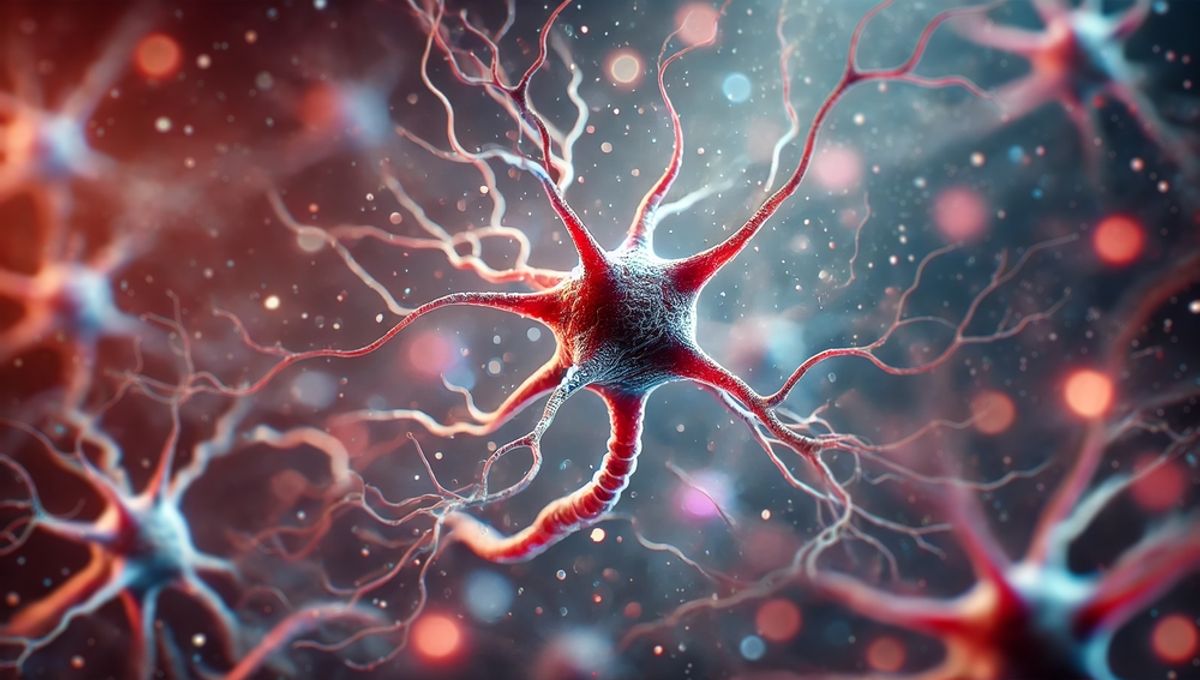
Scientists have imaged and quantified the toxic protein molecules that are thought to drive Parkinson’s disease for the first time. The finding will help researchers understand how this neurodegenerative disease begins at the molecular level.
The brain cells of people affected by Parkinson’s disease are stuffed with toxic proteins. Aggregates called Lewy bodies are classic signs of Parkinson’s. These are built of a protein called ɑ-synuclein, composed of nanometer-scale molecules called oligomers.
Researchers think the action of these oligomers is crucial in the onset and acceleration of the disease. Still, until now, scientists have been unable to view these nano-sized structures in the human brain.
Now, researchers from the UK and Canada have created an imaging tool that reveals the oligomers in brain tissue for the first time.
Lewy bodies are a classic hallmark of Parkinson’s disease. But using them to study how the disease begins is like tracking how a tornado forms by taking pictures of destroyed buildings.
“If we can observe Parkinson’s at its earliest stages, that would tell us a whole lot more about how the disease develops in the brain and how we might be able to treat it,” said Steven Lee, a biophysical chemist at the University of Cambridge, who co-led the research in a press release.
To do that, Lee and his team have debuted their new technique, ASA-PD (Advanced Sensing of Aggregates for Parkinson’s Disease. The tools images fluorescent tags attached to ɑ-synuclein oligomers in post-mortem brain tissue.
ASA-PD improves over previous techniques by maximizing faint signals from tiny oligomers while suppressing those from background tissues. “This is the first time we’ve been able to look at oligomers directly in human brain tissue at this scale: it’s like being able to see stars in broad daylight,” said Rebecca Andrews, who collaborated on the study while working as a postdoctoral researcher in Lee’s Lab.
In the new study, the team compared the brains of people with Parkinson’s to those of people of a similar age who didn’t have the disease. While they identified oligomers in both groups’ brains, there were more molecules in the Parkinson’s disease group. Their oligomers were also larger and shone brighter.
Some identified oligomers were only present in the brains of people with Parkinson’s, and the authors theorized these may represent some of the earliest markers of the disease, appearing potentially years before other symptoms.
Parkinson’s disease affects around 12 million people worldwide, and that figure is rapidly growing as populations age. By 2050, experts estimate that 25 million people worldwide will be affected.
The authors believe that other researchers could adapt their technique to different disease-linked molecules, potentially enabling the investigation of the origins of other neurodegenerative conditions, such as Huntington’s disease and Alzheimer’s disease.
Lucien Weiss, a biophysicist at the University of Montreal who co-led the study, said, “Oligomers have been the needle in the haystack, but now that we know where those needles are, it could help us target specific cell types in certain regions of the brain.”
The study is published in Nature.
Source Link: Parkinson’s "Trigger" Seen For The First Time: Scientists Image The Toxic Molecules Inside The Human Brain